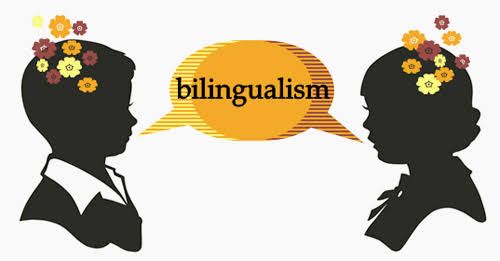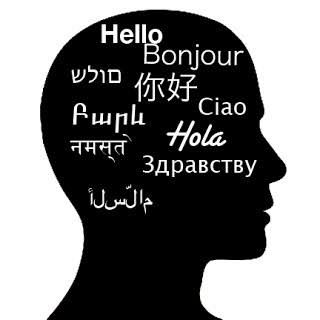Bilingualism And Multilingualism
Jun 19, 2019 • 71 views

Bilingualism:
Bilingualism is the phenomenon of speaking and understanding two or more languages. The study of bilingualism involves linguistics, psycholinguistics, and sociolinguistics. The term can refer to individuals which is termed as individual bilingualism as well as when it is for an entire society then it is termed as social bilingualism.
The term can also refer to the scientific research which actually studies the phenomenon itself. It may be acquired early by children in the regions where most adults speak two languages. It is not just the way but the children may also become bilingual by learning languages in two different social settings. It also refer to the use of two languages in teaching, especially to foster learning in students who are trying to learn a new language.
Types of Bilingualism:
There are coordinate, compound and subordinate Bilingualism
1) In coordinate bilingualism, a person has parallel but separate systems for each language. This is most common among people who grew up in households where two languages are spoken and thus acquired both languages from infancy.
2) In compound bilingualism, the person does not completely separate the two languages. In this case the person has a unified concept for physical objects or abstract ideas that is expressed by two different words.
3) Subordinate bilingualism arises when the second language is learned after childhood and sometimes in formal settings.

Multilingualism:
Multilingualism can be defined as the ability of an individual speaker or a community of speakers to communicate effectively in three or more languages. It is often contrasted with monolingualism which is the ability to use only one language.
Learning a language happens in two ways and people aren't born multilingual but they begin acquiring one or more languages as they grow up. And in this way one language may become the dominant one. This type of language learning is a result of an individual's circumstances and they also acquire language by deciding to learn it on their own. An example of this is when someone takes a foreign language in high school or college it is on their wish they take it up.
Multilingualism arises when different languages get into contact with each other. One of the basic reasons for language contact is the need for communication between people from different linguistic backgrounds. Population movement is one of the situations that could affect this i.e. when a group of immigrants get into contact with the population of the target location and to communicate they have to get at least some command of each other’s language.
Other reasons for multilingualism are trade, religion and political union. Multilingualism also occurs in border areas, for example between Quebec and New England. This is mostly related to matters of trade and communication. In industrial areas multilingualism is often unidirectional, i.e. the language of the politically and economically superior nation will remain dominant. In rural areas languages are learned through face-to-face interactions and the use of languages is more balanced because people have equal interest in acquiring each other’s language.
Therefore both Multilingualism and Bilingualism help in the interaction process and broaden the mindset of people as they get to know various cultures and traditions which in turn become beneficial for them in every aspect of their life.
